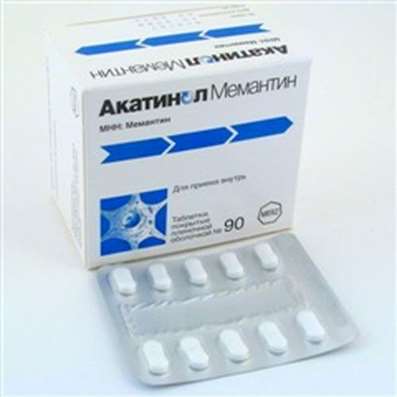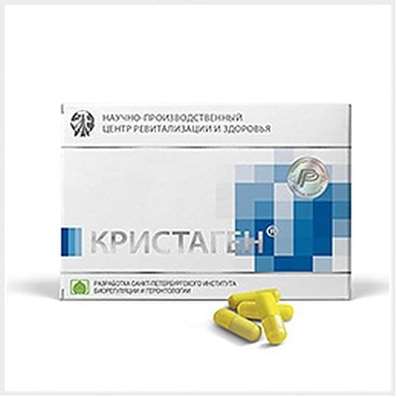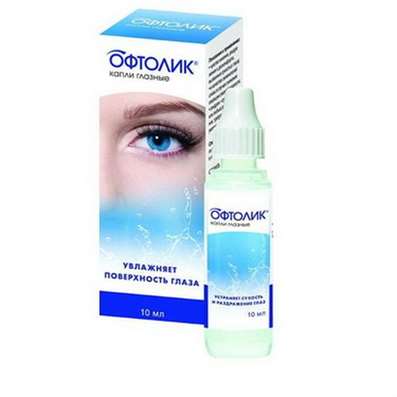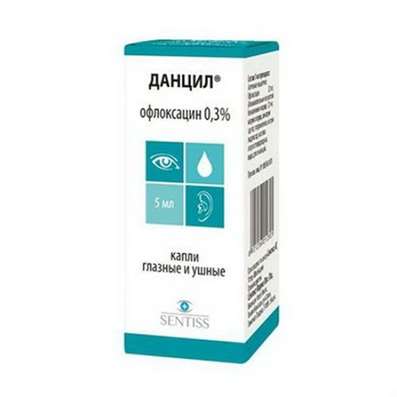Instruction for use: Factor IX complex
I want this, give me price
Trade name of the drug – Uman Complex D.I.
Pharmacological group:
Coagulants (including coagulation factors), hemostatics
The nosological classification (ICD-10)
D67 Hereditary factor IX deficiency: Congenital factor IX deficiency; Congenital deficiency of the coagulation factor IX; Hemorrhagic syndrome with factor IX deficiency; Hemophilia B; Hemophilia B with a factor IX inhibitor; Hemophilia B in children; Deficiency of the coagulation factor IX; Inhibitory form of hemophilia; Inhibitory form of hemophilia B; Coagulopathies are hereditary; Bleeding and haemorrhage in hemophilia B; Bleeding with acquired or congenital deficiency of factor IX; Hereditary hemophilia
R58 Bleeding, not elsewhere classified: Abdominal apoplexy; Hemorrhagia; Haemorrhage of the esophagus; Hemorrhage; Generalized bleeding; Diffuse bleeding; Diffuse bleeding; Prolonged bleeding; Blood loss; Blood loss during surgical interventions; Bleeding during surgery and in the postoperative period; Bleeding during labor; Bleeding and haemorrhage in hemophilia B; Bleeding from the gums; Bleeding intraoperative abdominal; Bleeding against a background of coumarin anticoagulants; Hepatic hepatitis; Bleeding in hemophilia A; Bleeding at hemophilia A; Bleeding with inhibitory forms of hemophilia A and B; Bleeding due to leukemia; Bleeding in patients with leukemia; Bleeding; Bleeding due to portal hypertension; Bleeding due to hyperfibrinolysis; Drug bleeding; Local bleeding; Local bleeding due to activation of fibrinolysis; Massive blood loss; Acute blood loss; Parenchymal hemorrhage; Hepatic bleeding; Postoperative hemorrhage; Kidney bleeding; Vascular-platelet hemostasis; Traumatic bleeding; Threatening bleeding; Chronic blood loss
Characteristics of the substance Factor IX complex
Chromatographically purified fraction of sterilized human plasma enriched with coagulation factor IX.
Pharmacology
Mode action - Hemostatic.
Replenishes the deficiency of coagulation factor IX and eliminates hypocoagulation in patients with its deficiency. It is converted into activated factor IX (IXa) and, in combination with factor VIII, converts factor X into Xa, which causes the prothrombin to enter thrombin and promotes the formation of a fibrin clot. Increases plasma levels of vitamin K-dependent coagulation factors (II, VII, IX and X). With a decrease in the plasma level of factor IX below 5% of the norm, the risk of spontaneous hemorrhages increases sharply, and a content above 20% of the norm ensures satisfactory hemostasis. About 30-50% of factor IX is detected in the blood immediately after intravenous infusion; Then the haemostatic activity gradually decreases.
Application of the substance Factor IX complex
Hemorrhagic syndrome with factor IX deficiency (congenital or acquired), hemophilia B and A (monotherapy or in combination with factor VIII inhibitors), coumarin anticoagulant therapy (including trauma and surgery).
Contraindications
Hypersensitivity, acute thrombosis, acute myocardial infarction, DIC syndrome, deficiency of factor VII, pregnancy, breast-feeding.
Application of pregnancy and breastfeeding
The action category for fetus by FDA is C.
Side effects of Factor IX complex
Decreased resistance to infectious diseases, thromboembolism, allergic and immunopathological reactions: back pain, nausea, urticaria, tachycardia, arterial hypotension, dyspnea, anaphylactic reactions; It is possible the formation of antibodies to factor IX.
Interaction
Incompatible with other hemostatic drugs (contact activation or inactivation possible).
Routes of administration
IV.
Precautions for Factor IX complex
It should be borne in mind that antibodies produced to factor IX can partially or completely inactivate the drug; And in this case, an increase in the doses and the use of activated factors of the prothrombin complex and / or immunosuppressors is recommended. With a significant increase in heart rate, the injection is slowed or stopped.

 Cart
Cart





